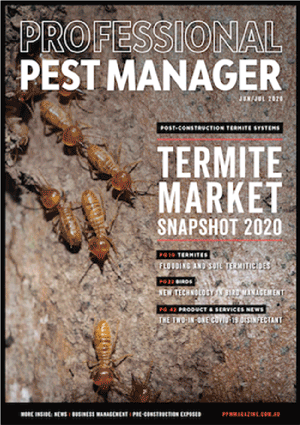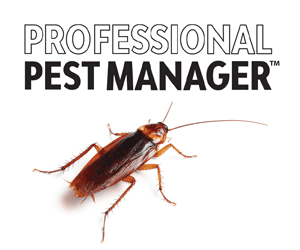An in-depth look at the various mites that pest managers are likely to encounter, as well as less common and notifiable species.
Mites are not a common pest, but they can be difficult to control. Correct identification is essential to locate the source of the infestation and determine the treatment. Actually spotting the mites can be a challenge due to their size (most are less than 1 mm) and identification to the species level is generally a job for the experts. Once correctly identified, the potential source of the infestation is easier to locate, increasing the chances of a successful treatment.
Mites are arachnids so have eight legs, although larval stages will often have six legs or fewer, depending on the species. Here we look at the common types of mites.
Dust mites
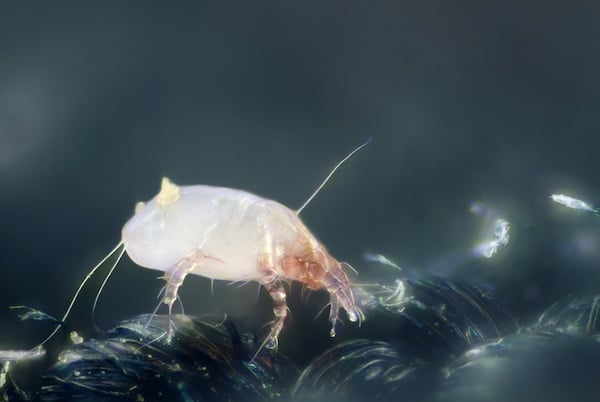
Dust mites are probably the most well-known mite. There are a number of different dust mite species, including Dermatophagoides pteronyssinus and D. farina. Dust mites thrive in warm humid environments, and will be found in bedding, carpets, soft toys, pet bedding and sofas. They don’t bite but their faeces are a major cause of asthma. They are often misidentified as storage mites, which regularly infest the same locations.
Elimination of dust mites is best achieved through thorough multi-directional vacuuming, steam cleaning furnishings, washing infested materials at over 55°C and decreasing humidity levels. More on dust mite control techniques.
Grain storage mites

Grain storage mites encompass a number of species including the mould mite Tyrophagus putrescentiae, the grain or flour mites, and the straw itch mite, Pyemotes tritici.
Like the dust mites, they live in warm, humid environments and they feed on mould (that grows on stored grain). They will also infest plasterboard and wall cavities. In homes with visible mould, mite infestations are to be expected. Interestingly, recent research suggests that storage mites are more common in some residential infestations than dust mites. In major infestations the mites will appear as a moving carpet of brown dust. Of these storage mites, only the straw itch mite bites, causing severe skin irritations. More on grain storage mites.
Eradication of the infestation involves discarding all infested material and reducing the humidity.
Bird mites (Ornithonyssus bursa)
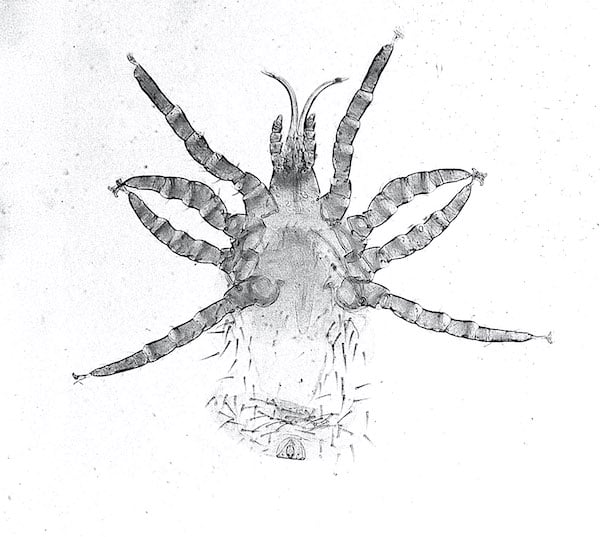
The bird mite is a common parasite of a wide range of birds. These mites are most active in spring and early summer when the birds are nesting. They become an issue inside buildings when the birds leave the nest and the mites move from the roof void to the rooms below, often in their thousands. Although they will die in around three weeks without a blood meal from a bird, they will bite humans if they cannot find an avian host. Although they do not transmit disease, their bites cause irritation.
An insecticide treatment of infested rooms with a suitably labelled product will take care of the infestation, but to avoid re-infestation any bird nests need to be removed from the roof void and suitable bird proofing measures carried out. More on bird mites and bird mite control.
Rodent mites (Ornithonyssus bacoti)
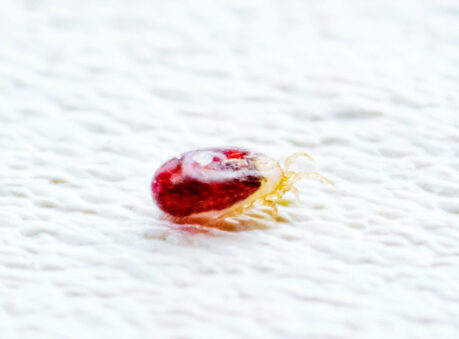
The rodent mite or tropical rat mite is often confused for a bird mite. So when a mite infestation is suspected, looking for evidence of nesting birds or rodents could give a clue as to the mite causing the problem. Like the bird mite, bites from a rodent mite cause skin irritation, and have the potential to transmit diseases, like murine typhus. Although they prefer to feed on rodents, they will happily bite humans when rodents aren’t available. As they are capable of travelling up to 100 m on their own, when a rodent infestation is eliminated, rodent mites leaving the nest can infest a whole building.
Infested areas should be thoroughly vacuumed with the waste bagged and disposed of. Treatment of infested areas with a suitable insecticide is required, including furnishings and carpets. Locating and removing rodent nests (whilst wearing gloves) and treating the nest area with insecticide is also required. More on rodent mites and their control.
Scabies mites (Sarcoptes scabiei)
Scabies mites live in human skin, burrowing into the outer layers. The mites cause intense itching, especially at night. If the presence of other mites or pests (bed bugs or fleas) is not confirmed, pest managers should suggest the customer visit their doctor. A range of mites are found outside the home, which pest managers should also be aware of.
Chiggers
Chigger mites belong to the Trombiculidae family and are found across much of Australia. They are parasites on a wide range of animals. It is the larval stage that needs a blood meal. Not only can the bite cause irritation – hence its alternative name, the ‘scrub itch’ mite – it can transmit scrub typhus, which is a potentially fatal fever. Cases typically occur in the northern, tropical parts of Australia.
Spider mites
There are a number of spider mites, including the two-spotted or red spider mite Tetranychus urticae (main picture, above) grass-webbing mites Oligonychus sp. and the European red mite Panonychus ulmi. Spider mites can be a serious pest of crops and ornamental plants.
With many spider mites showing high levels of resistance to pyrethroids, the best management is often to keep the plants healthy and well watered and allow natural predators to do their work.
Varroa mites
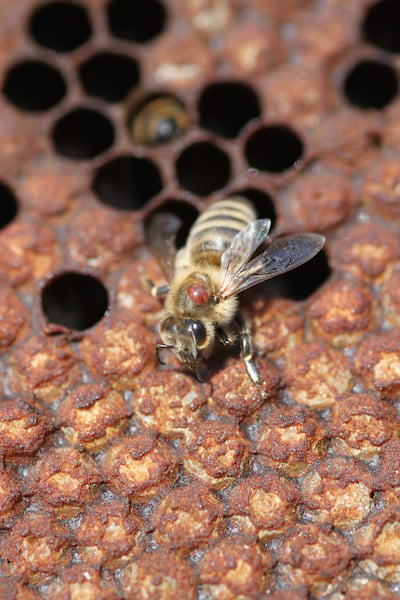
The Varroa mite is a parasite of honeybees, and is not native to Australia. It can seriously impact the health and productivity of hives. After a number of previous incursions, an incursion in 2022 spread beyond containment lines. In September 2023, the decision was made that eradication was no longer possible and that a management plan should be put in place, which was endorsed in February 2024. Currently the Varroa mite is only present in NSW, so the industry is attempting to limit its spread.
Pest managers in NSW, and other states should be able to identify this mite and report any sightings to their state biosecurity department.

